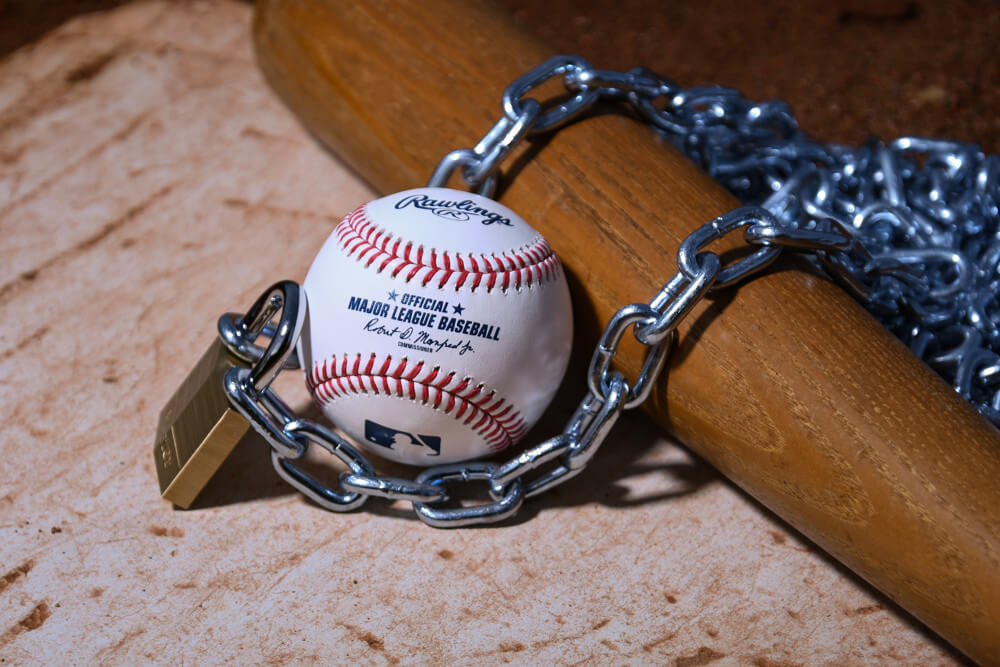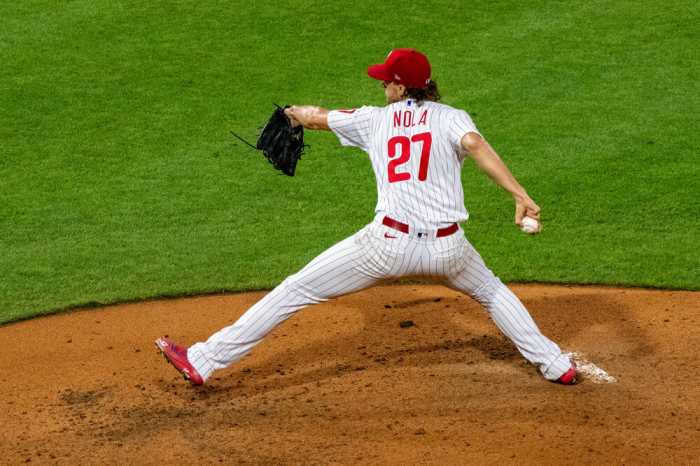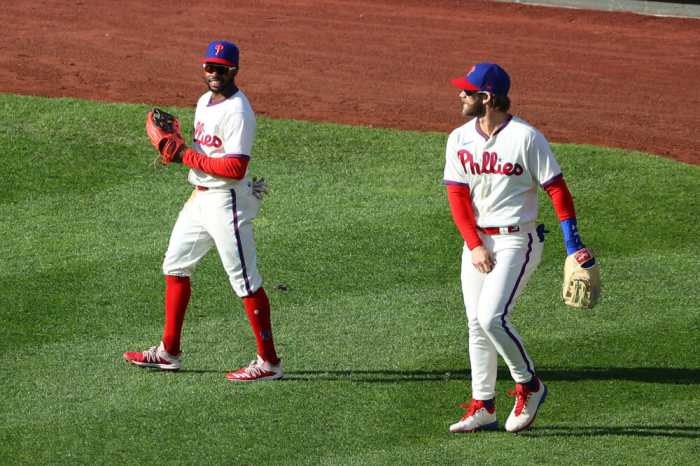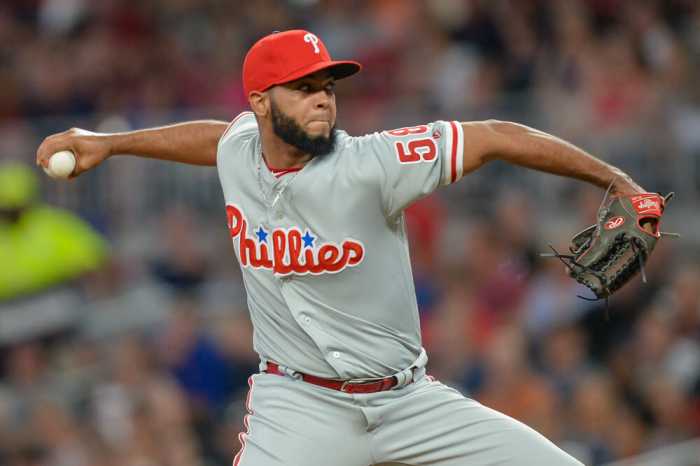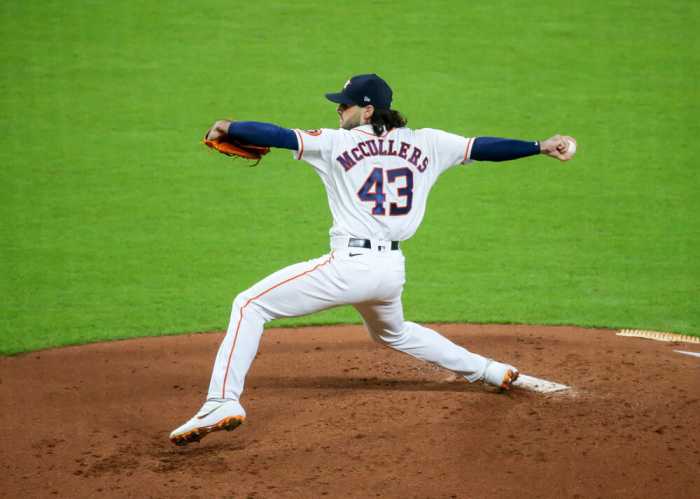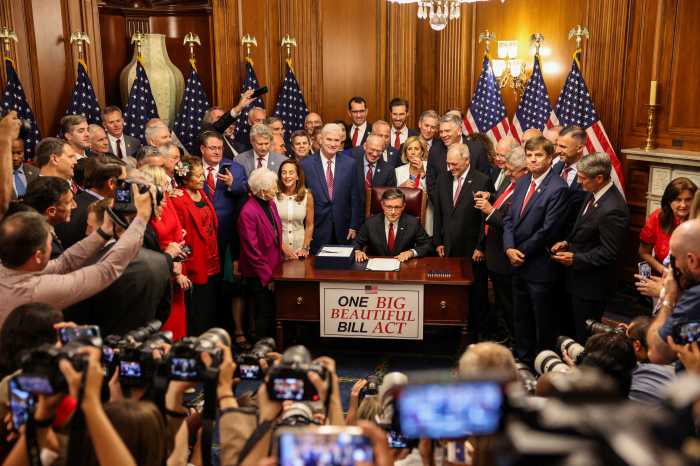Here we go again. Another day, another false “deadline” for this MLB lockout.
Oh wait, this one actually meant deadline? Why now? Why as soon as each side felt within striking distance? Why stop negotiating and cancel more games at 6:28 PM when y’all were up until 2 AM during the last “deadline.”
The reason is quite simple. Not once, during this entire lockout, has MLB negotiated in good faith.
MLB Lockout at Square-One
Let’s start at the beginning. December 1st, 2021. The last Collective Bargaining Agreement runs out and MLB self-institutes a lockout. The reason?
Typically, you’d think “I guess they’ll get to negotiating right away!” Or maybe, “It’s the middle of the week. I guess negotiations will start Monday.”
Maybe even, “I’m sure they’ll get some work down before Christmas and New Years.”
Forty-three days.
MLB’s first offer to the MLBPA was 43 days after they instituted a lockout that was “the best mechanism to protect the 2022 season. We hope that the lockout will jumpstart the negotiations and get us to an agreement that will allow the season to start on time.”
On January 13th, the offer was sent and it was trash. In that offer, the Competitive Ballance Tax would rise by just $10 million…in 2026. In 2022? Only $4 million. MLB also offered a 14-team playoff, making sub-.500 playoff teams *the future.* The new rookie minimum would be $600,000, a $29,500 raise.
Just accounting for 5% inflation (aka less than what we’re experiencing), the CBT should’ve been raised to $220.5 million just in 2022. $600,000 would be the smallest rookie minimum in all of the 4 major US sports. The NFL rookie would start at least at $660,000 and an NBA rookie at $925,258.
The 2 sides would barely meet throughout the rest of the month. Again, “jumpstart the negotiations.”
While the MLBPA was waiting for a promised MLB counteroffer, this happened.
MLB requested a federal mediator instead of making a counteroffer. Obviously, the players declined, calling MLB to come to the table and actually negotiate.
On the 10th of February, commissioner Rob Manfred decided to speak. Here’s what we got.
Apparently, owning a franchise valued at $2 billion isn’t a hot money-maker. Keeping in mind MLB’s first offer (which didn’t vary too much until the week in Florida), Manfred also said, “We’ve proposed an agreement that is better in every respect than the expired contract.”
We also got the famous “I see missing games as a disastrous outcome for this industry” line. As of now, MLB has cancelled the first 4 series of the season.
In MLB’s labor proposal, they wanted to gut the minor leagues…again.
On February 18th, MLB “postponed” Spring Training games through March 5th. From the meetings on the 21st, MLB moved up to $20 million on its pre-arb pool offer. CBT talks questionably remained off the table. By the 23rd, MLB had gotten to a $640,000 minimum salary, still the lowest in all the major sports.
On the 24th, Ken Rosenthal put the situation in the most poetic light.
On the 26th, the MLBPA dropped their demand for reduced revenue sharing and reduced their “super 2’s” ask from 75% of players to 35%. MLB responded by increasing their CBT offer by $1 million… in 2023. *Insert Dr. Evil meme here.*
These offers did not enthrall the players.
The first real optimism came has MLB’s first “deadline” approached. As February became March, the sides remained fair apart. MLB moved a tab and even had live coverage on MLB Network. The optimism was real! Not.
With the deadline passing, Commissioner Manfred announced the cancelation of Opening Day and the rest of the first 2 series of the season. This is after MLB told the players it had a take or leave it deal on the table. This became MLB’s “Best, final offer.”
Then Manfred talked again.
Manfred also mentioned that “the last 5 years were difficult from a revenue perspective” when the Corona virus pandemic started in 2020. Meanwhile, MLB was breaking record profits margins in 2019.
He also ducked the question about the lost 43 days.
Other things of note are what the MLB has done to grow mistrust among the players. MLB had already sold the right for expanded playoffs to ESPN. If it was 14 teams, they’d reportedly get $100 million a year. If 12, it’d be $85 million.
They also negotiated a contract with Apple TV+ to broadcast a Friday night doubleheader. Those games would be *exclusive* to Apple TV+. No word on stopping blackout restrictions.
On March 9th, the chance for 162-game season seemed renewed. The sides were close but all of a sudden the international draft became a major sticking point.
It was a point in every offer the owners made to the players. Each time, the players turned it down. Because an agreement wasn’t reached, MLB cancelled more games. This time, both sides wanted to table the issue but couldn’t agree on the how.
The sides are still talking. A deal can still be made. 162 games can still be played. Whenever a deal is struck, we’ll look back at the ugly cat and mouse game that took place. The owners tried to break the union. It didn’t work.
Photo by James Black/Icon Sportswire

